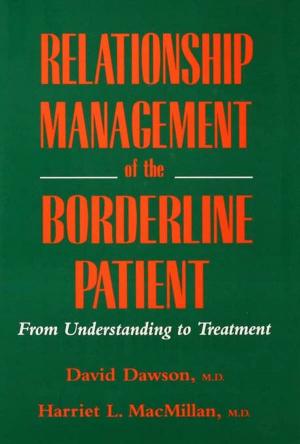Poor and Homeless in the Sunshine State
Down and Out in Theme Park Nation
Nonfiction, Social & Cultural Studies, Social Science, Sociology| Author: | James Wright | ISBN: | 9781351498036 |
| Publisher: | Taylor and Francis | Publication: | July 5, 2017 |
| Imprint: | Routledge | Language: | English |
| Author: | James Wright |
| ISBN: | 9781351498036 |
| Publisher: | Taylor and Francis |
| Publication: | July 5, 2017 |
| Imprint: | Routledge |
| Language: | English |
A place like Orlando, Florida is not transformed from swampland to sprawling metropolis through Peter Pan-like flights of fancy, but through theme park expansions requiring developmental schemes that are tough minded and often worsen relationships between the wealthy and the poor. The homeless arrive with their own hopes and illusions, which are soon shattered. The rest of the local population makes its peace with the system. Meanwhile the homeless are reduced to advocacy models that neither middle- nor working-class folks much worry about. They are modern members of Ellison's "invisible men" but they comprise a racial and social mixture unlike any other in the American landscape.This book is primarily about the dark side of this portrait the poor, near-poor, homeless, and dispossessed who live in the midst of this verdant landscape. The phrase "down and out," has been used to describe people who are destitute or penniless since the late nineteenth century. Here the term is used in a more expansive sense, as synonymous with anyone who lives near, at, or over the edge of financial catastrophe.
A place like Orlando, Florida is not transformed from swampland to sprawling metropolis through Peter Pan-like flights of fancy, but through theme park expansions requiring developmental schemes that are tough minded and often worsen relationships between the wealthy and the poor. The homeless arrive with their own hopes and illusions, which are soon shattered. The rest of the local population makes its peace with the system. Meanwhile the homeless are reduced to advocacy models that neither middle- nor working-class folks much worry about. They are modern members of Ellison's "invisible men" but they comprise a racial and social mixture unlike any other in the American landscape.This book is primarily about the dark side of this portrait the poor, near-poor, homeless, and dispossessed who live in the midst of this verdant landscape. The phrase "down and out," has been used to describe people who are destitute or penniless since the late nineteenth century. Here the term is used in a more expansive sense, as synonymous with anyone who lives near, at, or over the edge of financial catastrophe.















